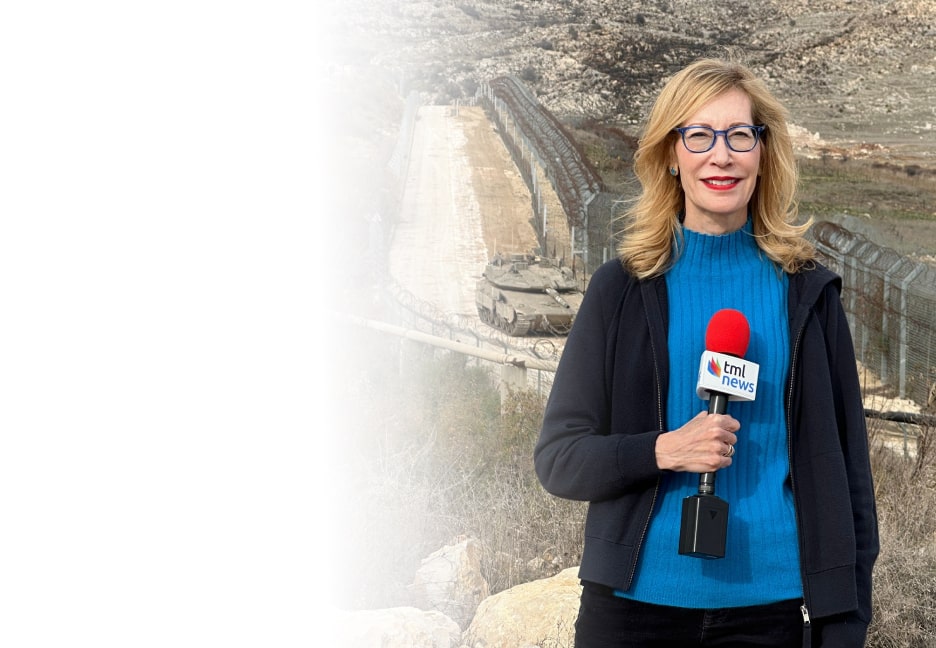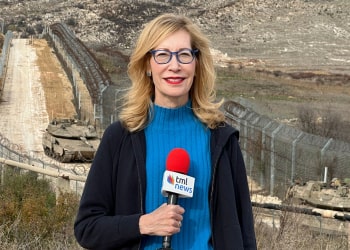Egyptian archaeologists announced significant discoveries near Luxor on Wednesday, including 3,600-year-old rock-cut tombs, burial shafts, and artifacts from various ancient periods. The finds were made at the causeway of Queen Hatshepsut’s funerary temple in Deir al-Bahri, on the west bank of the Nile.
The Zahi Hawass Foundation for Antiquities & Heritage, working with Egypt’s Supreme Council of Antiquities since September 2022, revealed that the artifacts include bronze coins bearing the image of Alexander the Great, children’s clay toys, funerary masks, winged scarabs, and amulets. A wooden coffin belonging to a young child, sealed since its burial 3,600 years ago, was also unearthed, along with archery bows suggesting a military background for some tomb owners.
This holiday season, give to:
Truth and understanding
The Media Line's intrepid correspondents are in Israel, Gaza, Lebanon, Syria and Pakistan providing first-person reporting.
They all said they cover it.
We see it.
We report with just one agenda: the truth.


The site also contains remains of Queen Hatshepsut’s Valley Temple, Middle Kingdom tombs, and burial shafts from the 17th dynasty. Zahi Hawass, a renowned Egyptian archaeologist and former antiquities minister, stated that the findings could help “reconstruct history” by shedding light on ancient temple rituals and burial customs.
Key discoveries included the tomb of Djehuti Mes, an official from Queen Tetisheri’s court, dated to the reign of King Ahmose I (1550–1525 BCE). While few artifacts were found in his tomb, inscriptions provided insight into his life and the period.
The team also uncovered part of the Ptolemaic necropolis, built over the remains of Hatshepsut’s temple. Earlier excavations of the cemetery in the 20th century were poorly documented, leaving gaps now being addressed.
This announcement follows the discovery in November of an 11-burial tomb from the Middle Kingdom in the nearby South Asasif necropolis.